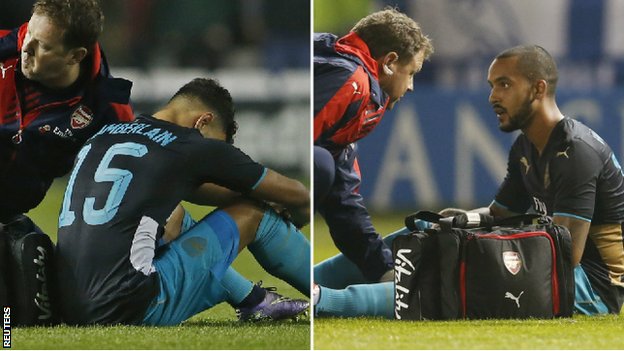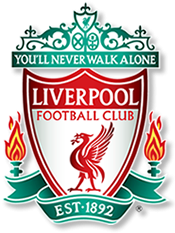While in a training session, one thing you really must pay attention is "where do i stand, during this task?"
How many players does the coach see in this picture?
And in this one?
See the difference? Coaches, no matter what age, must see everyone.
If you are helping the players to solve a problem (through questioning hopefully) and you can not see 1 player, he will either thing you do not care about him, or he is doing everything right and he has nothing to learn.
How can you tell if someone is paying attention if you can not see them?
Just by positioning correctly you can solve a bunch of problems in practice.
- As you can see everyone in the pitch, everyone feels engaged in the task.
- When you speak, you speak to all of them, because the error that just happened is a team thing, not an individual one.
- If you are training little kids and your positioning is perfect, parents will not say "the coach likes your son better, and thats why he always plays", plus.. security wise, if you see everyone, is less likely that they misbehave.
- In practice, if you have your back towards something, without knowing, you are telling that "that something" is not important. Can be a player, can be a goal for them to reach (this happens a lot during ball possession tasks).
Think about it







